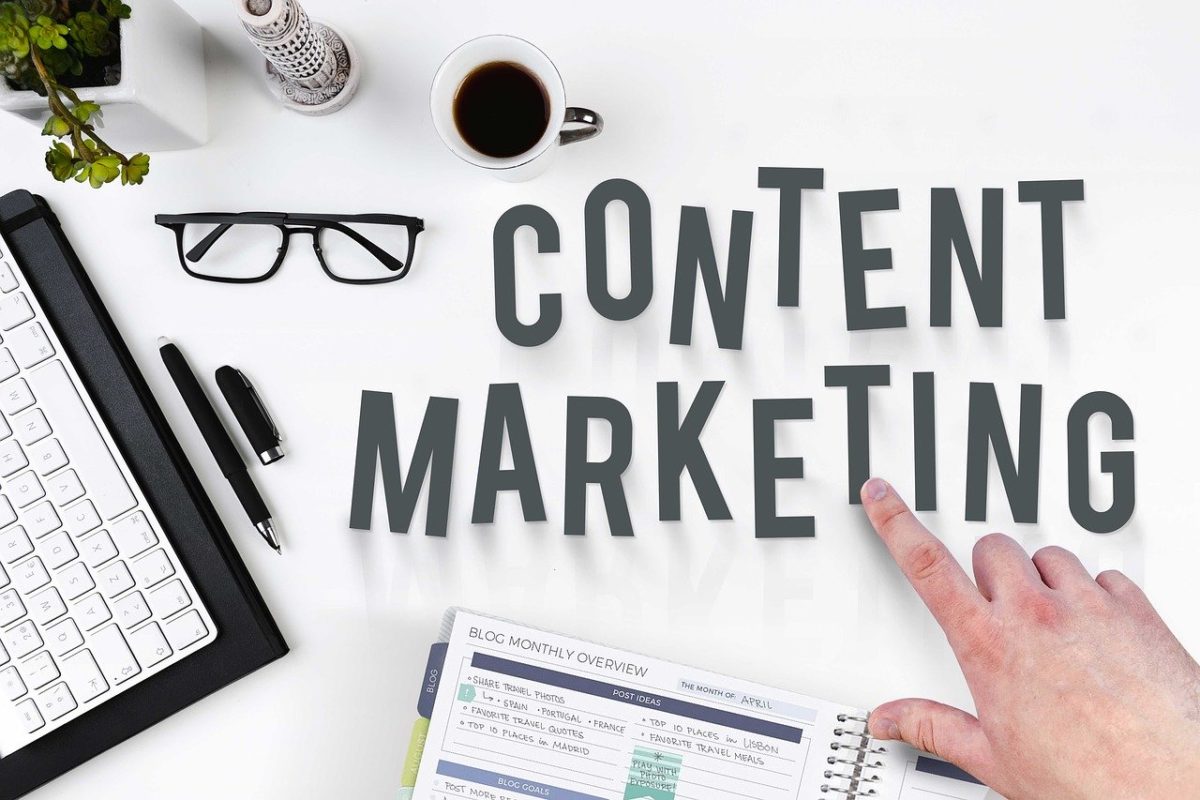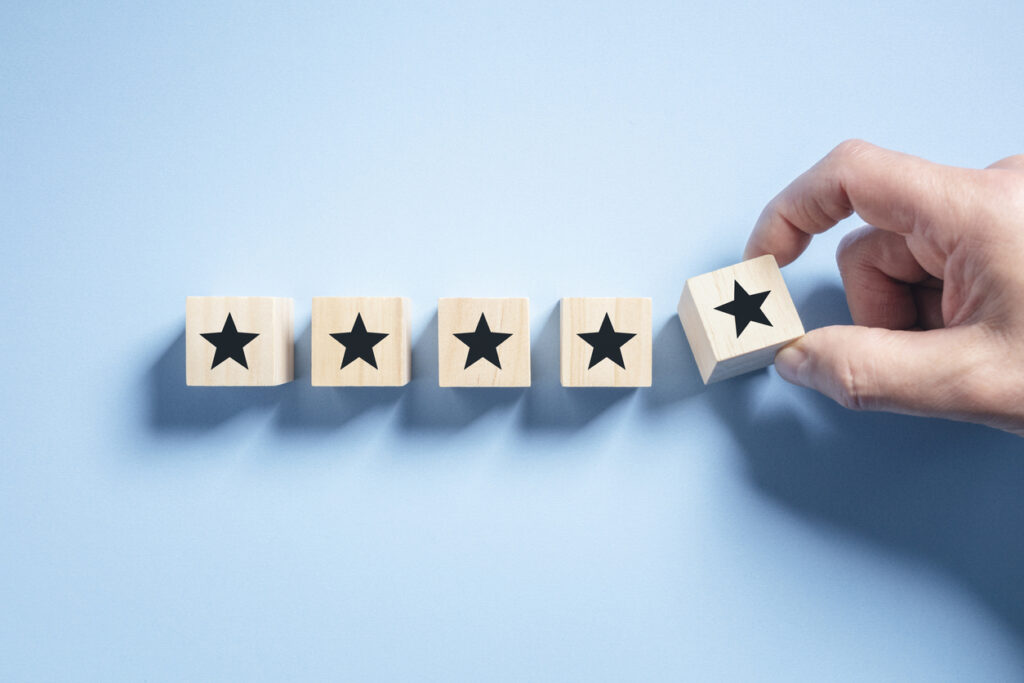
3 things the online property market can teach us about content marketing
Property – like most industries in the 21st century – has shifted its focus online, forcing estate agents to behave more and more like content marketers. In the past, selling a house typically involved sticking a picture of the property and an asking price in the window of a high-street agent office, or for those […]





